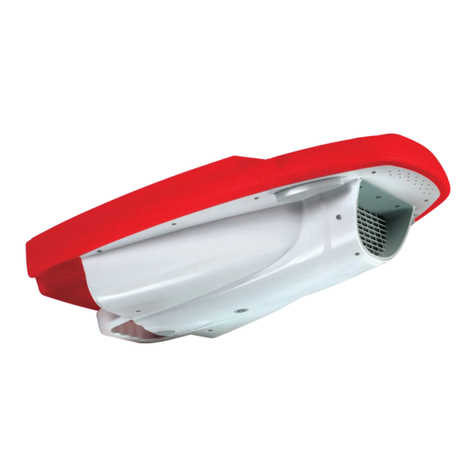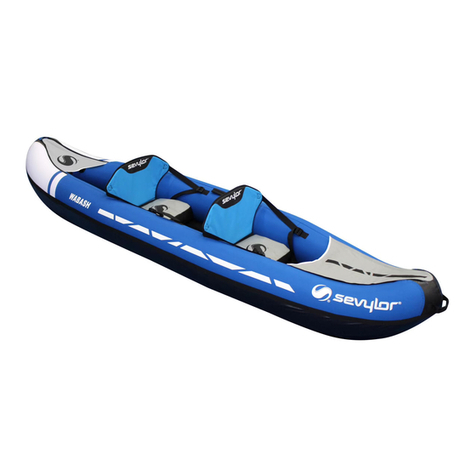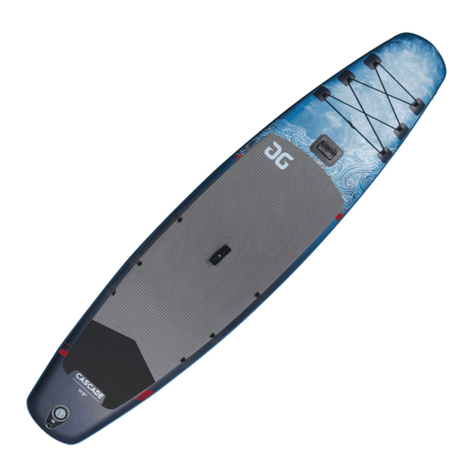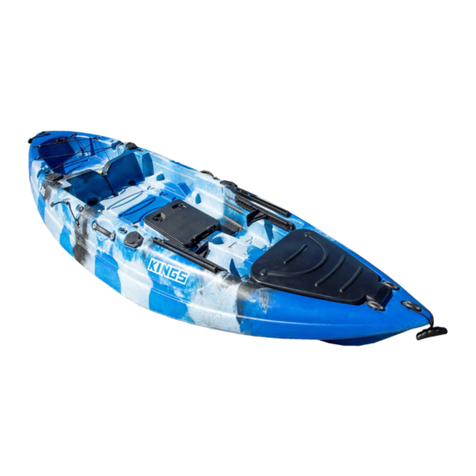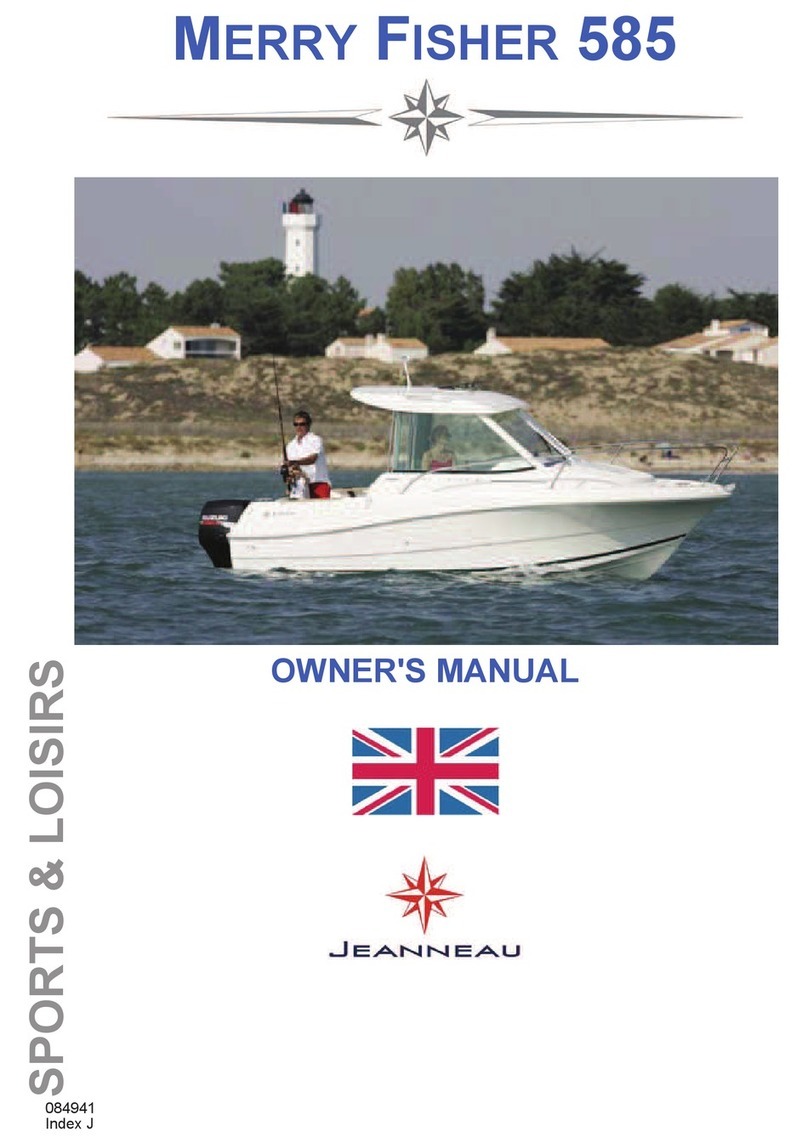MFC International RS8ER User manual

1
© MFC International 2018
Product Manual
Evacuation Raft

2© MFC International 2018
Technical Data / Capacity Parts
Parts List
Materials List
Operational Instructions
Packing
Storage
Maintenance & Test Procedures
Repairs
3
4
5
6
8
8
9
10
WARNING: Carefully read this manual before operating
NOTICE: The manufacturer takes no responsibility for the
consequences of actions not complying with the instructions
given in this manual.
Index

3
© MFC International 2018
Note: all dimensions are accurate to ± 3% and all weights are accurate to ± 5%
RS8ER RS10ER
No. of persons 8 10
Length (cm) 350 400
Width (cm) 190 190
Height (cm) 56 56
Tube Diameter (cm) Front
Rear
23 23
35 35
Floor Thickness (cm) 12 12
Working Pressure 0.2 bar 0.2 bar
Number of Chambers 3 inc. oor 3 inc. oor
Capacity (kg) 820 950
Air Requirements (ltr) 1815 2000
Pack size (cm) 88x50x33 140x50x35
Weight (kg) 35 38
Recommended regulator 8 bar 8 bar
Technical Data

4© MFC International 2018
Parts List
91011
16
6
14 713711 4
11 23 15
58
8
2 8
17
14
4
15
5
www.m f csu rvival.com
www.m f csu rvival.com
www.m f csu rvival.com
7
7 7

5
© MFC International 2018
Item Description
1 Buoyancy Tube Hypalon coated polyester - yellow
2Baes Hypalon coated polyester
3Inatable Floor Neoprene- coated drop thread - black
4Inate/Deate Valves Leaeld D7 - Black Acetal
5Relief Valves Leaeld A6 - Black acetal
6Rubstrake Nitrile/PVC - 70mm wide black
7 Carrying Handle Hypalon coated polyester, webbing strap/rubber
handle
8 Lifeline 10mm Diameter 3 strand rope - Black
9Towing Patch Hypalon coated polyester, 316 s/s ‘D’ ring
10 ‘D’ Ring Patch Hypalon coated polyester, 316 s/s ‘D’ ring
11 Reective Strips 50mm Reexite
12 Logo Label White vinyl digitally printed
13 Capacity Label White vinyl digitally printed
14 Inate/Deate Label White vinyl digitally printed
15 Relief valve Label White vinyl digitally printed
16 Stowage Pocket hypalon coated polyester
17 Paddle Retainers Hypalon coated polyester, Webbing strap, velcro
18 Paddles (not shown) Alloy shaft, HDPE blade, T handle
19 Valise (not shown) PVC coated polyester - Orange
20 HP Ination Hose 1.0m Reinforced hose c/w C7 valve adaptor
21 Repair Kit 70ml Neoprene adhesive, Hypalon patches x4
Materials List

6© MFC International 2018
1. Ination
1.1 At deployment point, select best possible at debris-free site.
1.2 Unpack the Raft from its valise and unroll.
1.3 Prepare for Ination:-
a) Fix regulator to cylinder and connect delivery hose to regulator.
b) Remove dust cap from inate/deate valve in Inatable oor and
Buoyancy tube. Ensure the central valve diaphragms are closed; i.e. the
internal spindle is raised.(Push and turn to release)
1.4 Connect cylinder to oor, Hold delivery hose tight into ination valve and inate until
relief valve activates. Close cylinder valve. Do not release hose during ination.
1.5 Connect cylinder to inate one half of the buoyancy tube. Hold delivery hose
tight into ination valve and inate until relief valve activates. Close cylinder valve. Do not
release hose during ination. Repeat process to inate remaining half of buoyancy tube.
WARNING: Failure to do this may result in personal injury
1.6 Ensure dust caps are replaced to prevent ingress of dirt and water.
2. Deployment and Use
The following points are operational recommendations established by deploying rescue
equipment at many dierent training and demonstration events. MFC acknowledge
that almost every operational scenario will have dierent hazards and risks, which can only
be properly assessed at, and during, an operational rescue/recovery.
WARNING: During use on water, mud or suspect surfaces, personnel should
wear a ‘lifejacket’ or similar buoyancy aid, and be linked to the evacuation
raft via a safety line. Failure to do this may result in personal injury or death.
2.1 Securing lines- If using the Evacuation Raft on fast owing water use securing lines
to the attached ‘D’ Ring patches on both sides of the bow to manoeuvre and secure the
raft.
CAUTION: The Evacuation Raft must be secured with the bow (raised end) pointing
towards the ow of water to prevent water swamping the craft.
2.2 Towing- The \evacuation Raft may be towed behind a parent craft at a maximum
speed of 5mph. The raft must be towed with a tow line attached to the towing patch on
the bow. The length of the tow line should be adjusted to suit the conditions. The Raft may
also be rigged with a towing bridle for added security.
2.3 Stability - Wherever possible evenly distribute the weight of persons on the
Evacuation Raft (RS8ER: max. 820Kg.) (RS10ER: max. 950Kg.) to avoid instability that
may lead to capsize.
2.4 Boarding – The Evacuation Raft should wherever possible be boarded from the
bow or stern. Rescue personnel should assist less able survivors.
2.5 Lifelines are tted for survivors to hold on to.
Operational Instructions

7
© MFC International 2018
2.6 Survivors should be seated facing each other across the inatable oor holding onto the
lifelines for security. Survivors should initially be seated away from the entry point to
keep the boarding area clear.
WARNING: Survivors should not be seated on the buoyancy tube as they may fall back
into the water and drown.
2.7 Manoeuvring - The Evacuation Raft can be manoeuvred in calm conditions by
two- four persons using paddles. It can also be manoeuvred in shallow water by persons
walking alongside holding the carrying handles.
CAUTION: Avoid contact with sharp or abrasive objects as they may puncture
the fabric causing a loss of buoyancy.
2.8 Carrying handles - The Evacuation Raft should only be carried by the moulded handles
provided (2 each side + bow). Do not use the lifelines.
The Evacuation Raft can in an emergency be used to carry (max). One Debilitated person.
CAUTION: Do not drag the Evacuation Raft, as this may puncture the fabric
causing a loss of buoyancy.
WARNING: The Evacuation Raft is not designed for any type of motorised propulsion.
The tting of any type of motor, or any other modication is not permitted
without prior written approval from MFC International Ltd. Any non-
approved modication will invalidate the warranty and may result in
personal injury or death.

8© MFC International 2018
1. GENERAL
It should be noted that, due to the type of fabrics used in its construction, when the
Evacuation Raft is wet, there may sometimes be visual evidence of minuscule white
bubbles, which form a line of froth at the seams and joints of the unit. This is recognised
within the industry as ‘lateral leakage’, and is simply air that is trapped in the layer of nylon
between the rubber coatings, forcing its way to the nearest available edge of the fabric.
This type of leakage will not aect the performance of any inatable product over the
course of an operational procedure, and can be safely ignored.
However, if there is evidence of large, transparent bubbles, this is clearly evidence of a leak
that must be repaired at the earliest convenience. The following is a recommended regime
for maintenance & test.
2. QUARTERLY
2.1. Check control equipment as per relevant manual.
2.2. Inate Evacuation Raft to working pressure.
2.3. Check audible relief valve operation.
2.4. Whilst ination system is charged, check connections and valves using brush and soapy
water.
2.5. When relief valve has operated, and the unit is at working pressure; it can be left to stand
for a length of time that would be comparable to an operational situation (e.g. 2 to 3
hours.)
2.6. After this time, the Evacuation Raft should still be rm.
2.7. If the Evacuation Raft has become soft, the air-loss should be located by applying a
soapy-water solution.
2.8. Any signicant leaks (See 1 above) should be marked and repaired using the repair kit
provided.
RECOMMENDATIONS
1. Rescue crafts should undergo an annual test carried out by the manufacturer, or people
certied by MFC International. If in doubt contact the service department.
Maintenance & Test Procedures

9
© MFC International 2018
1. On return to base the Evacuation Raft should be unpacked, inated and left to dry.
2. When the Raft is completely dry it should be checked for wear or damage. If none is found
it should be repacked in the valise.
3. If any damage is found it should be repaired immediately in accordance with the Repair
instructions.
4. Where possible the packed Evacuation Raft should be stored on the oor or suitable
shelving, ensuring no damage can be caused by it’s proximity to other items of equipment.
1. After every use, especially on mudats, the Evacuation Raft should be hosed down in its
inated state, to remove as much debris as possible.
2. Allow the Evacuation Raft to become as dry as possible before packing.
3. Lay the Raft on a clean, debris free area.
4. Deate the Evacuation Raft. This is achieved by depressing the central spindle in all the
inate/deate valves, (push and turn to lock open).
5. Roll the Raft from both ends to expel as much air as possible. Close inate/deate valves
and replace dust caps.
CAUTION: To prevent possible damage, do not walk on the deating Raft to expel
the air.
6. Un-roll the Raft to its full length once again. Fold each side of the buoyancy tube /inatable
oor to the centre of the inatable oor. (use carrying valise for guide to pack width.)
7. Roll the Raft from the front, taking care to maintain the width of the roll.
8. Lay the valise on the ground as an ‘open box’ and place Evacuation Raft into the valise.
Close valise and secure straps.
Packing
Storage

10
© MFC International 2018
As a general rule, punctures and other damage will need to be assessed in two
categories: a) that which is repairable at the base, or b) serious damage that will need to
be repaired by MFC International.
a) Repairs that are manageable at the base workshops will be minor punctures
to any area of the Evacuation Raft. These can normally be repaired by the
application of a small repair patch.
b) Repairs that should be carried out by MFC will be the more serious kind,
such as damaged valves, badly torn fabric (either on the side-walls or the at
surfaces) and the replacement of damaged ttings.
Parts List
If in doubt as to the extent of the damage and the level of repairs necessary, please
contact :-
MFC International
Naval Yard
Tonypandy
Rhondda Cynon Ta
CF40 1JS
T. +44 (0) 1443 433 075
F. +44 (0) 1443 420 448
www.mfc-international.com
A Respirex International Limited Group Company

11
© MFC International 2018

MFC International
Naval Yard
Tonypandy
Rhondda Cynon Ta
CF40 1JS
T. +44 (0) 1443 433 075
F. +44 (0) 1443 420 448
www.mfc-international.com
A Respirex International Limited Group Company SA-MA64-02
This manual suits for next models
1
Table of contents
Other MFC International Boat manuals
Popular Boat manuals by other brands
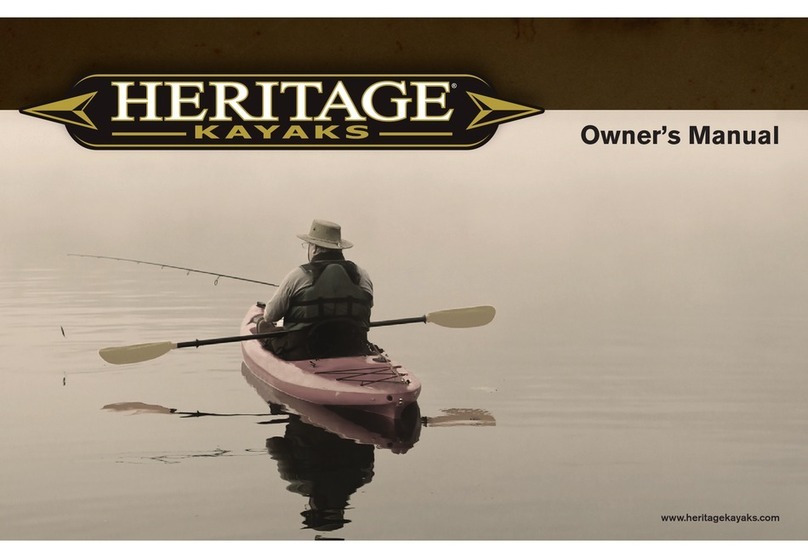
Heritage Kayaks
Heritage Kayaks Kayak owner's manual

Sea Eagle Boats
Sea Eagle Boats FoldCat 375FC Instruction & owner's manual

AREBOS
AREBOS AR-HE-SUP320SB manual
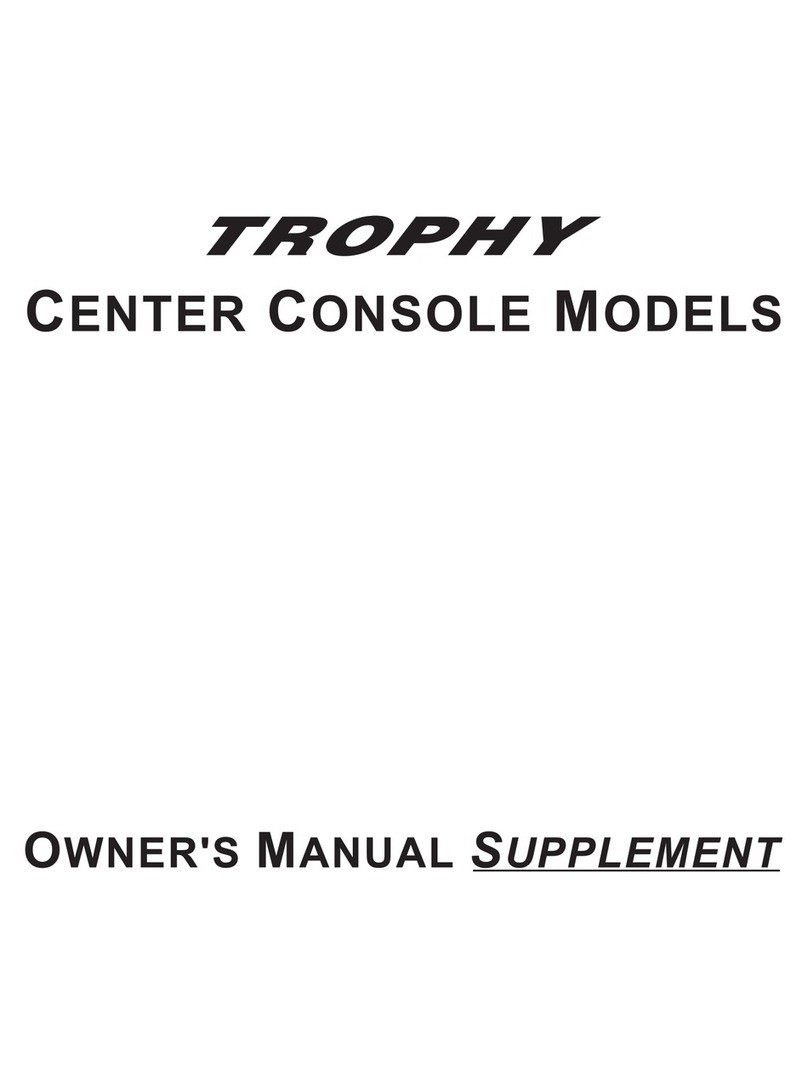
Trophy
Trophy 1703 Owner's manual supplement

Sprint Boats
Sprint Boats 1997 Manta Ray owner's manual
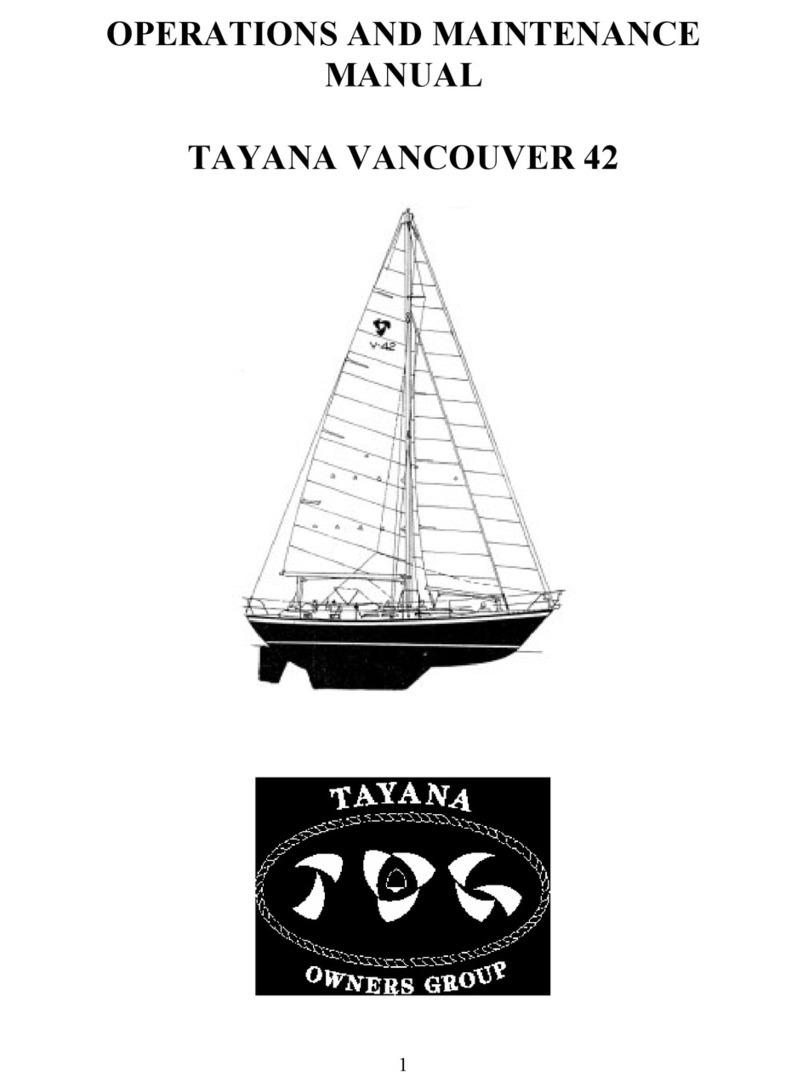
Tayana
Tayana VANCOUVER 42 Operation and maintenance manual
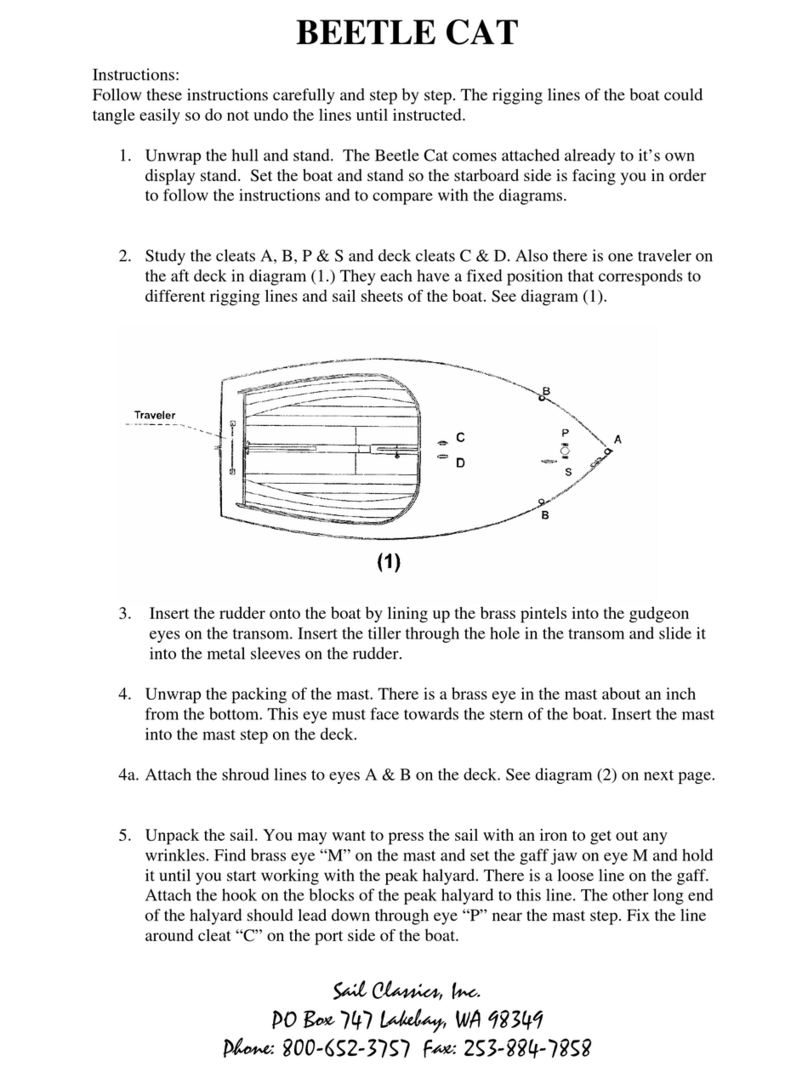
Sail Classics
Sail Classics BEETLE CAT instructions

Sea Ray
Sea Ray 480 Sedan Bridge Owner's manual supplement
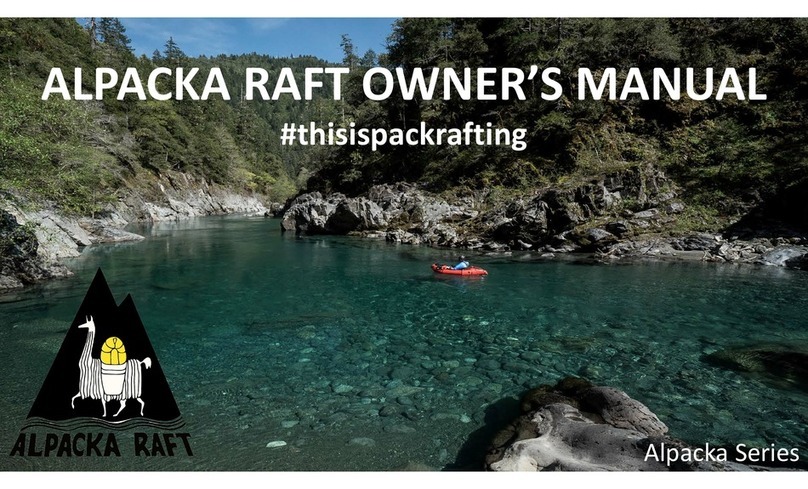
Alpacka Raft
Alpacka Raft Alpacka Series owner's manual

Cumberland
Cumberland Treasure VI Operation manual
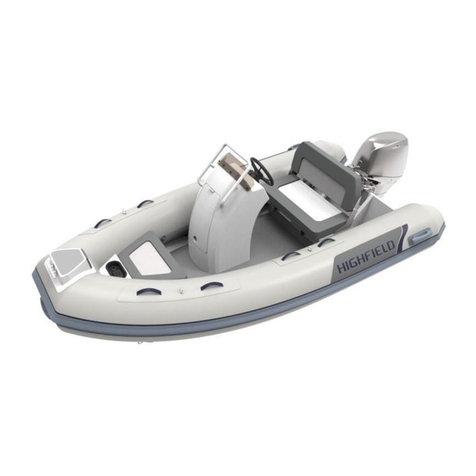
Highfield
Highfield Ocean Master 350 owner's manual
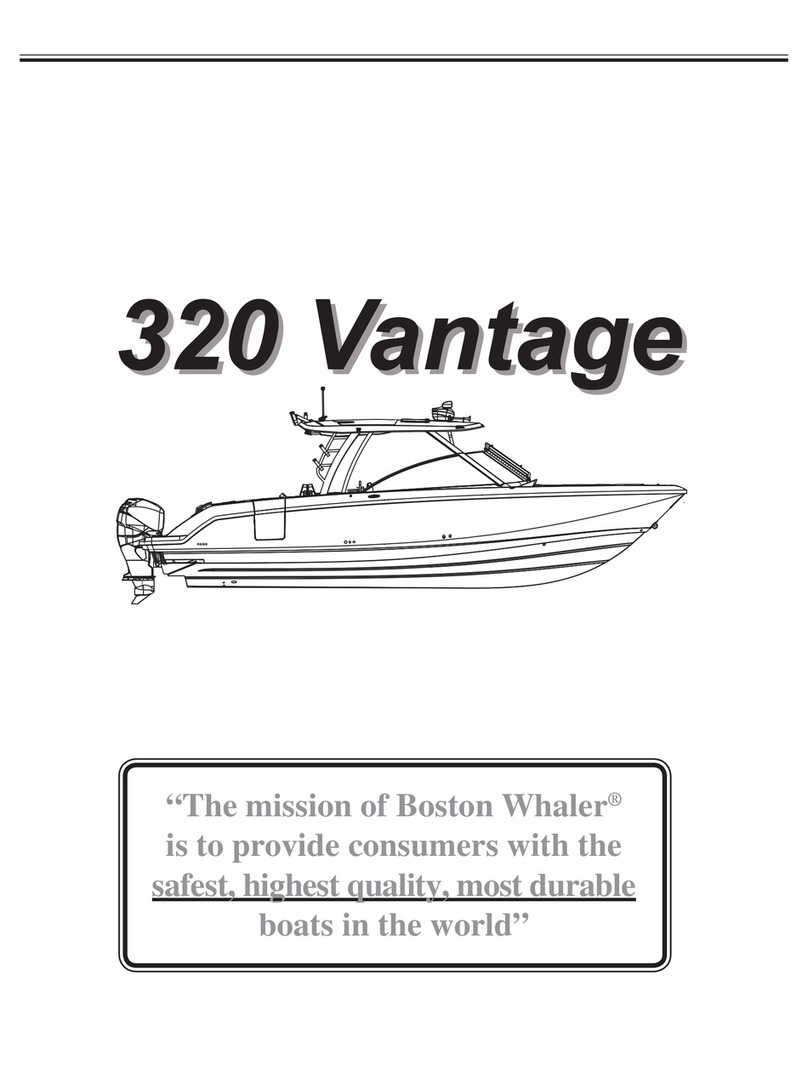
Boston Whaler
Boston Whaler 320 Vantage owner's manual

